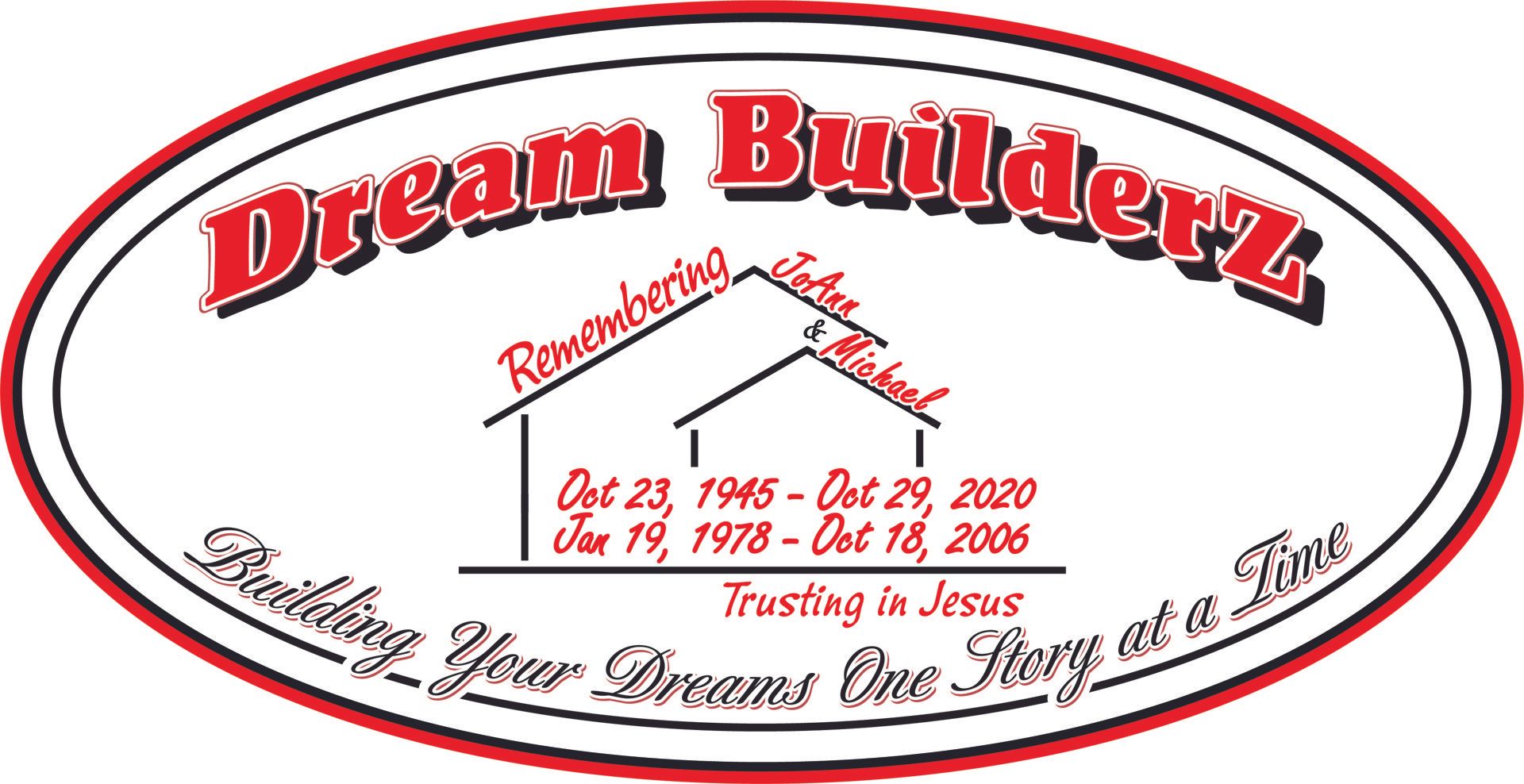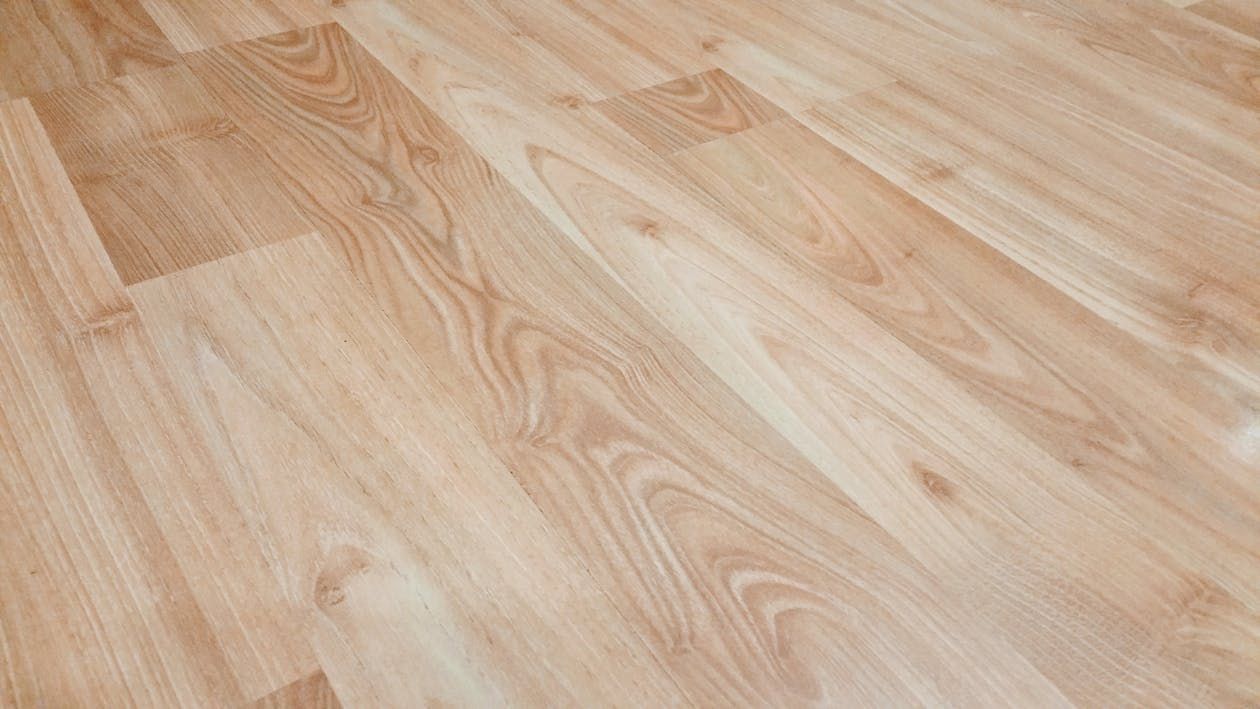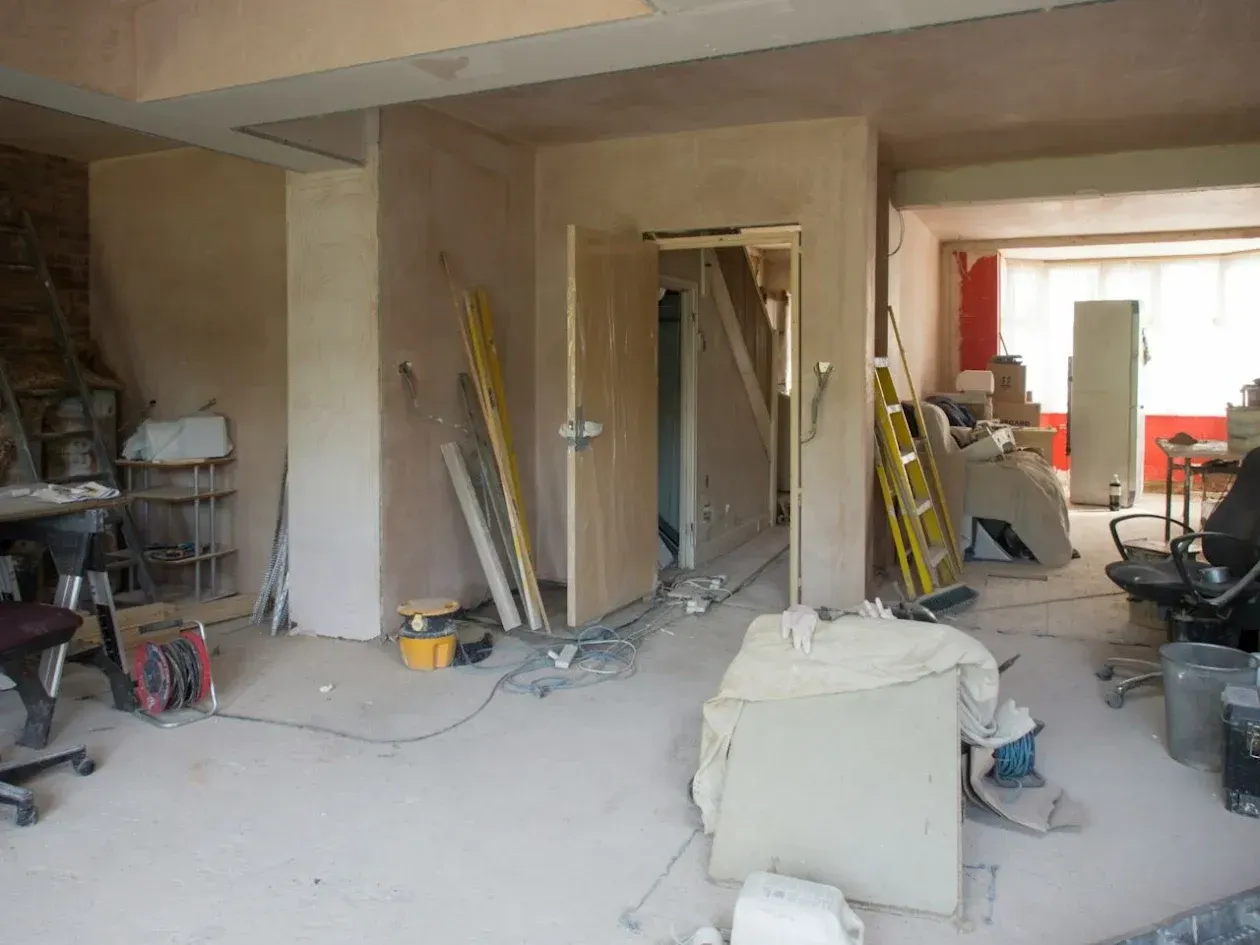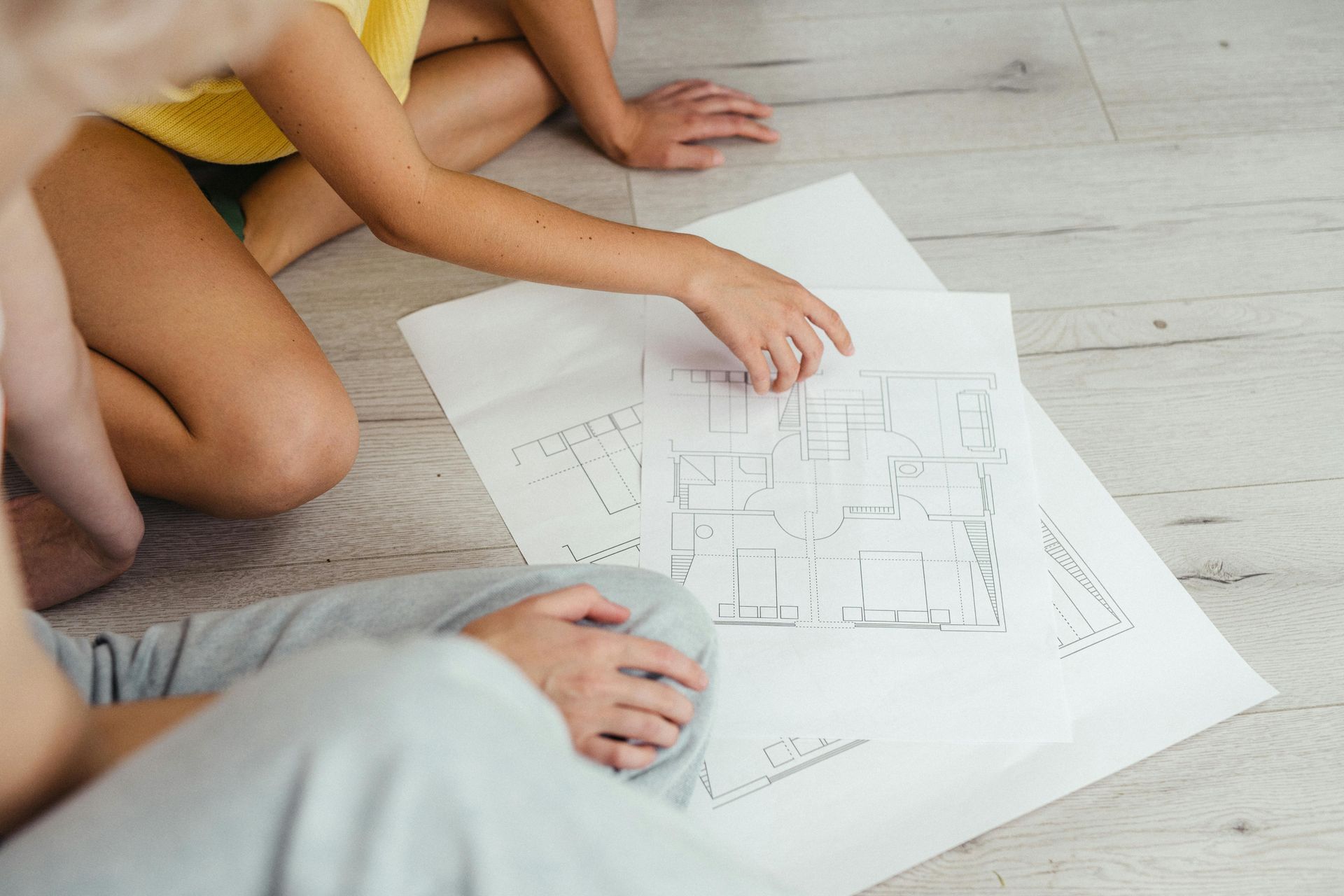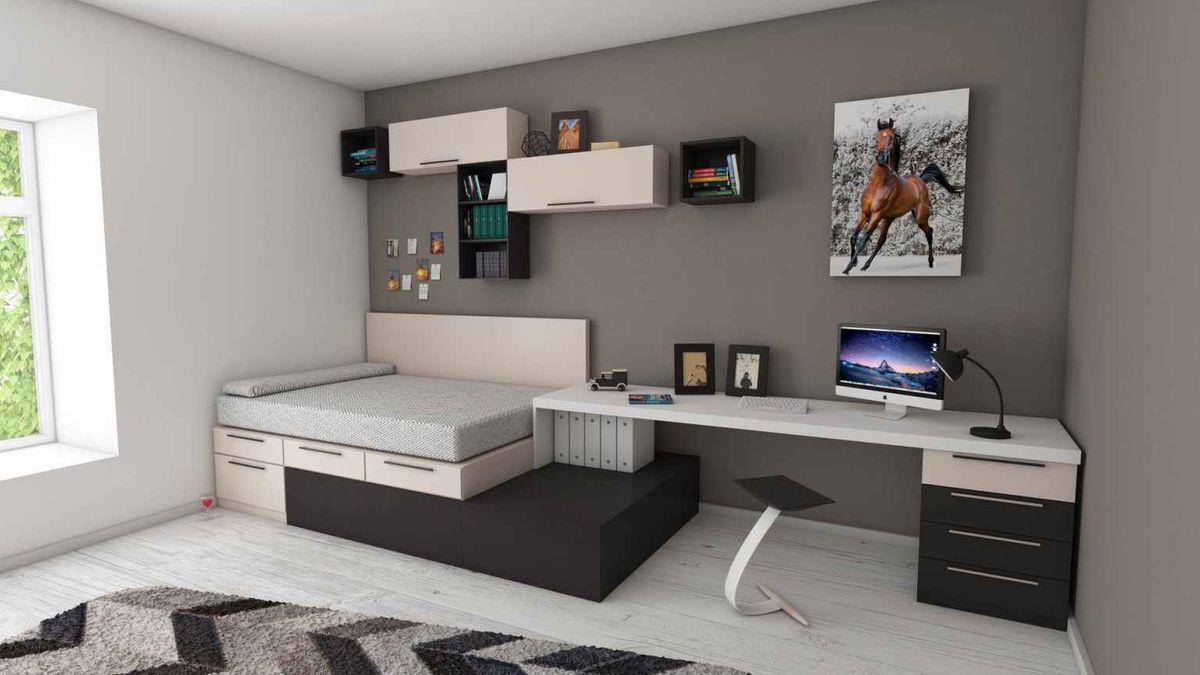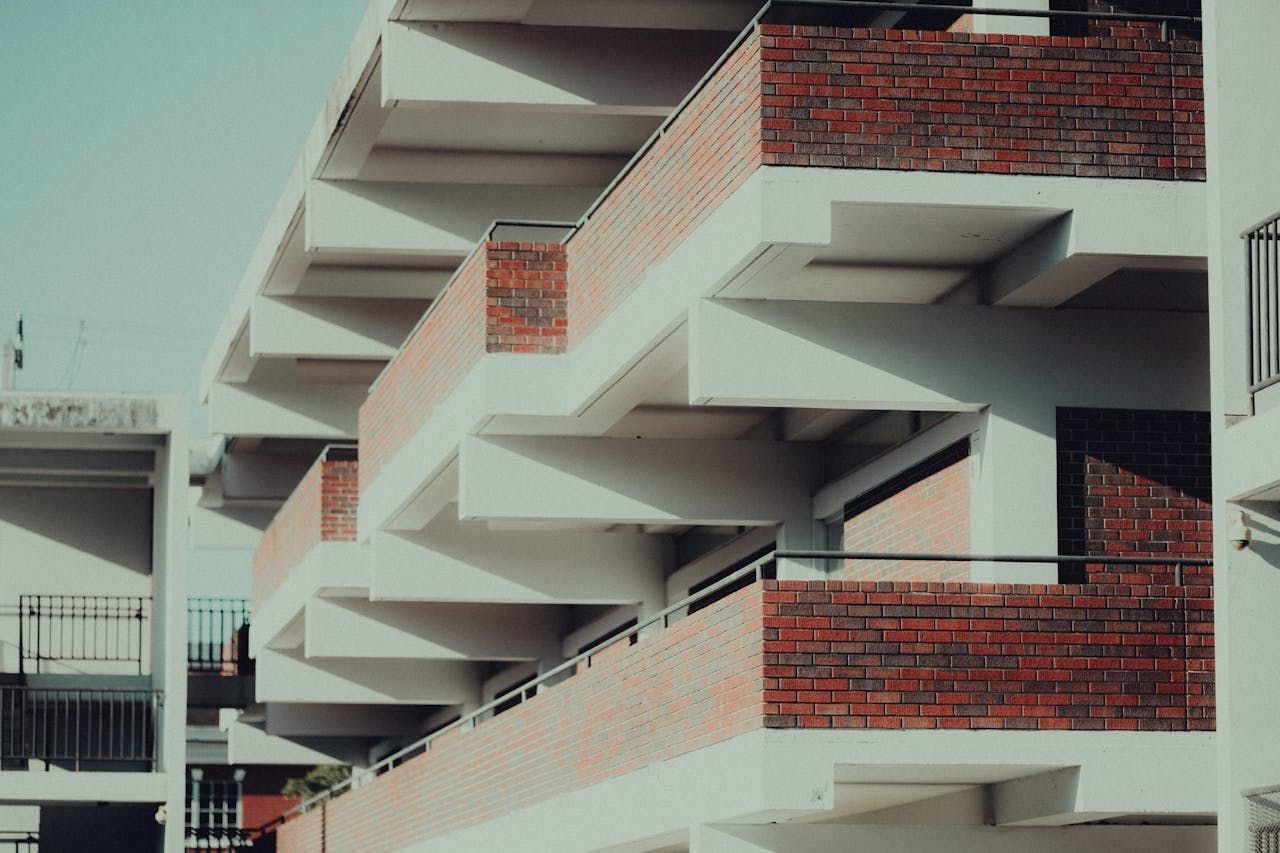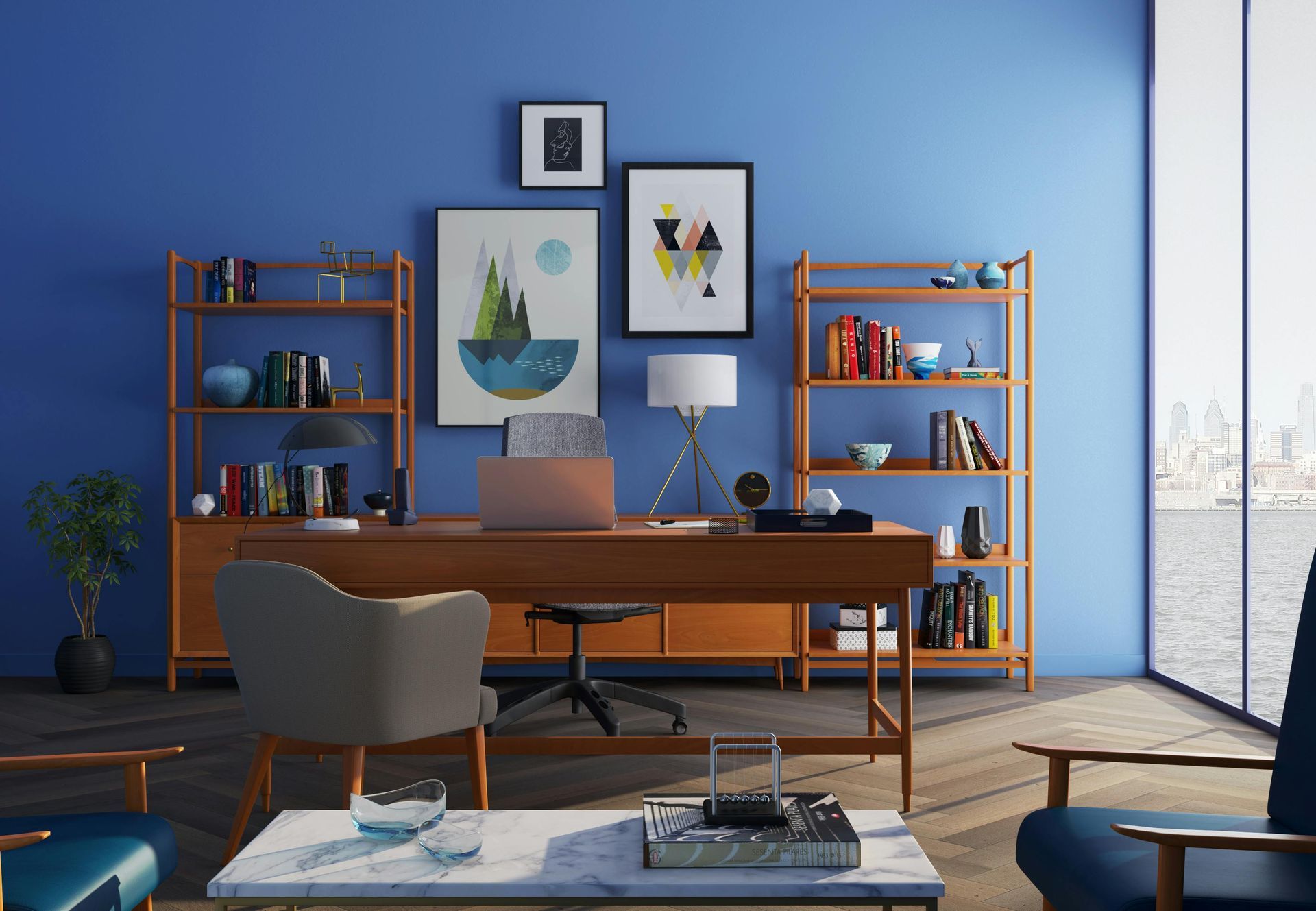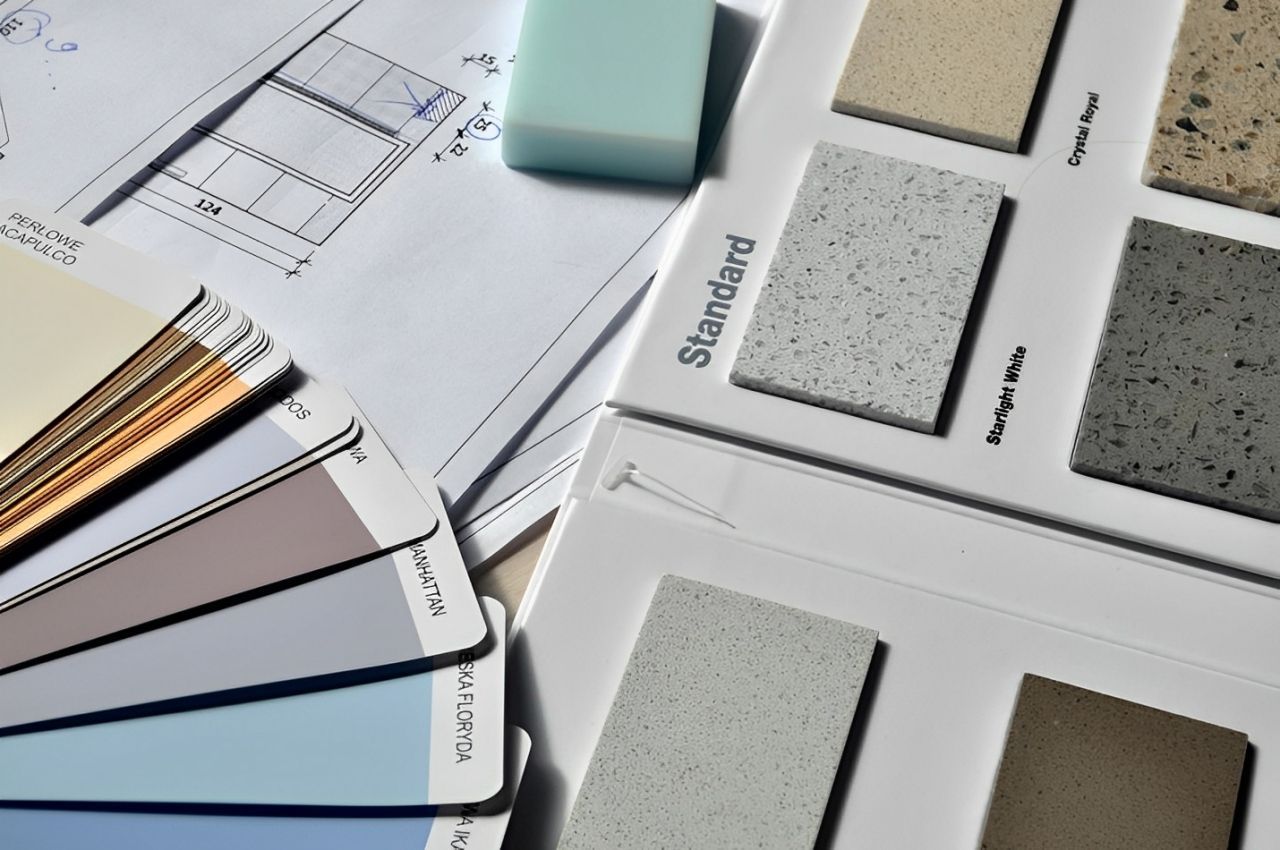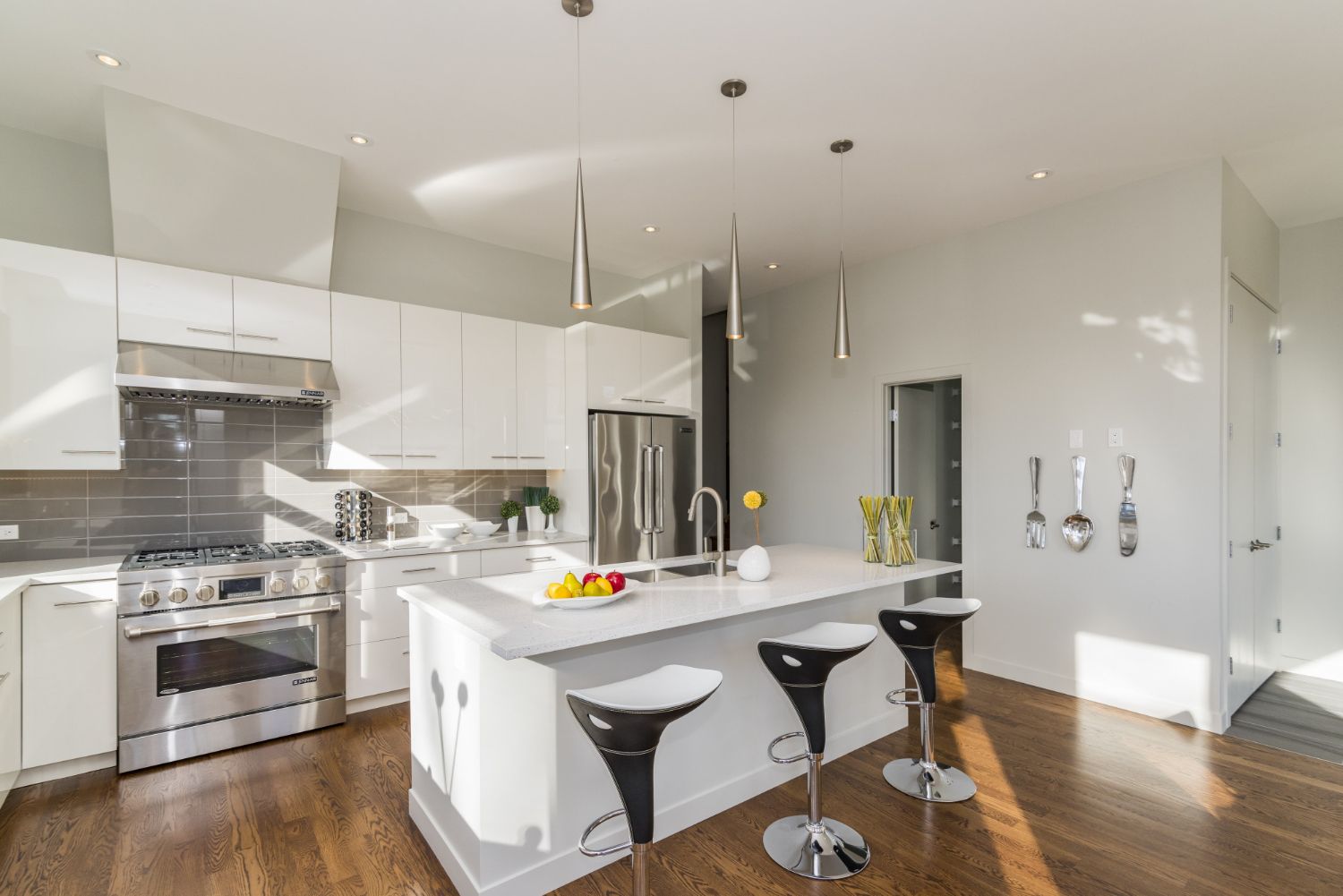Transforming Basements into Functional Living Areas
Turning a dark, underused basement into a lively and welcoming space is one of the most rewarding home improvement projects you can take on. A finished basement offers endless possibilities, including adding functional living areas, creating a cozy retreat, or increasing your home's value. With the right planning and a touch of creativity, you can transform your basement from a forgotten storage zone into one of the most loved parts of your home.
Assessing Your Basement’s Potential
Before jumping into any design plans, looking at your basement’s current condition is important. Check for signs of moisture, mold, or structural concerns. A dry, stable foundation is crucial to creating a lasting living space. If needed, invest in waterproofing solutions like sump pumps, French drains, or sealing cracks in the walls. Starting with a clean, dry environment ensures you won’t face costly repairs later.
Planning the Purpose of Functional Living Areas
Think carefully about how you want to use your new basement living area. It could become a guest suite, a home theater, a gym, a playroom, a home office, or even a full apartment. Understanding the primary purpose will guide your layout, lighting, and finishing materials. If you plan to use it for multiple activities, consider dividing the space into distinct zones to maximize the square footage.
Overcoming Common Basement Challenges
Basements come with their fair share of challenges. Low ceilings, limited natural light, and awkward layouts can make the design tricky. However, these hurdles can be overcome with thoughtful planning. Use lighter paint colors to make the space feel larger and brighter. Incorporate a variety of lighting options, including recessed lighting, wall sconces, and floor lamps. Mirrors are also a great trick to bounce light around and make the room feel more open.
Choosing the Right Flooring
Choosing flooring for a basement requires some special considerations. Because basements are prone to moisture, selecting water-resistant materials is important. Luxury vinyl planks, ceramic tile, or engineered wood are excellent options. If you love the look of carpet for a cozy feel, opt for carpet tiles, which are easier to replace if there’s ever water damage. Proper subflooring and vapor barriers are also key to keeping your floors safe and dry.
Making the Most of Natural Light
While basements typically have fewer windows, you can still maximize natural light to brighten the space. If possible, consider enlarging existing window wells or adding egress windows. Egress windows bring in more light and provide an important safe exit. Keep window treatments light and simple—think sheer curtains or minimal blinds—to allow as much sunlight as possible.
Designing a Comfortable Layout
Creating a comfortable, functional layout is crucial for an inviting basement rather than a cramped one. Arrange furniture to define different areas of the room, like a lounge area, a work zone, or a dining nook. Modular furniture is smart because it’s flexible and can be rearranged as needed. Open-concept designs work well in basements, preventing the space from feeling boxed in.
Moving Furniture into Your Basement
Getting large furniture pieces such as a couch into a basement can feel like solving a tricky puzzle, especially when facing narrow staircases or low ceilings. However, if you're searching for an easier way to move your couch, disassembling it first is often the best solution. Start by gathering the necessary tools, such as a screwdriver, wrench, and possibly a rubber mallet. Then, remove all the cushions to lighten the load and expose the couch’s structure. Next, detach the legs and arms carefully, keeping screws and bolts in labeled bags. If possible, separate the main sections of the couch frame to make it even more manageable. As you work, be sure to store and label each part clearly so that reassembly will be quick and stress-free. With a little preparation, you’ll find that breaking down your couch is the easiest way to move it exactly where you want it.
Prioritizing Comfort and Warmth
Basements can be cooler than the rest of the house, especially in colder months. Installing insulation in the walls and ceilings is smart for warmth and soundproofing. In-floor heating systems can add a luxurious touch if your budget allows. Layering area rugs, adding plush textiles like throws and pillows, and using warm-toned lighting all help create a cozy, welcoming vibe.
Adding Personal Touches
The most beautiful basements are the ones that reflect the personalities of the people who live there. Don’t be afraid to add color, artwork, and personal decor touches. Family photo galleries, bold accent walls, and unique light fixtures can breathe life into the space. Plants also thrive in basements with a little help from grow lights or well-placed windows, adding a fresh, lively element to the room.
Including Functional Storage Solutions
Smart storage is essential for keeping your basement organized and clutter-free. Built-in shelves, under-stair storage, and multi-functional furniture like ottomans and storage benches can help you maximize your space. If your basement still needs to function partly as a utility or storage room, use stylish partitions like sliding barn doors or curtains to keep the practical areas separate from the living spaces.
Ensuring Proper Ventilation
Good air circulation is crucial in a basement to prevent that telltale, musty smell. Installing a proper HVAC system or using a dehumidifier can go a long way toward keeping the air fresh. Connect your basement to your home’s heating and cooling system if possible. Adding ceiling fans or ventilation ducts can also improve airflow and make the basement feel as comfortable as the rest of your home.
Keeping Safety in Mind
As you transform your basement into a living space, always remember safety. Make sure you install smoke detectors and carbon monoxide detectors. If you’re adding a bedroom, check that it meets local building codes for exits and ventilation. Licensed professionals should always handle electrical work, plumbing, and structural changes to ensure everything is safe and up to code.
Future-Proofing Your Design
When planning your basement renovation,
think ahead. Life changes like growing families, working from home, or aging in place can all affect how you use your space. Designing with flexibility in mind—using non-permanent partitions, multi-use rooms, and adaptable furniture—can help your basement continue to serve your needs well into the future. Investing a little extra in quality materials can save you maintenance headaches later.
Unlock the Hidden Potential of Your Home
Transforming basements into functional living areas is a fantastic way to unlock the hidden potential of homes. With careful planning, attention to detail, and a clear vision, your basement can become a beautiful, comfortable extension of your living space. Whether crafting a peaceful retreat, an energetic entertainment zone, or a multi-purpose family hub, the effort you put into your basement makeover will pay off for years. Embrace the opportunity to create a space that’s livable and lovable.
